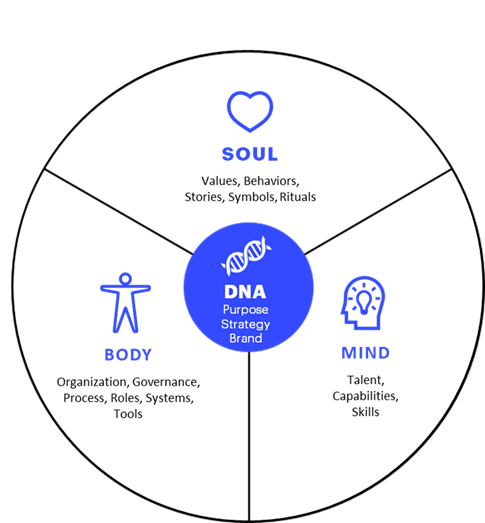Tags
Corporate culture can help or culture can hold things back. At the end of the day, culture rules and culture wins. Employee cynicism is deadly. Leaders must deal with this in the move to not just do digital but also be digital.
Doing digital is relatively easy. It is about money and focus. Be digital is difficult but worth it in the long run.
When it comes to digital transformation, many companies say the hardest part is changing the culture itself. They often do a great job signposting new corporate values, like innovation and agility. They hold town halls and may even pour millions into expensive technology initiatives. At best, they get poor adoption rates. But often the worst happens: Nothing changes.
After a few rounds of announcements, disappointed (and increasingly cynical) employees sit back and wait. Their leaders tell them that things must change, but then offer platitudes about their position as traditional industry leaders. “There will always be a need for pharmaceutical sales reps,” they might say, or “Those start-ups don’t even make money.”
Meanwhile, employees watch, keenly aware of digital natives that threaten to disrupt their own industry. They have few choices: They can leave for fleeter firms, or stay put, watching the clock tick.
So … what should we do? Here are some brilliant ideas:
A company is trained and equipped to achieve its vision if it can do three seemingly simple things:
- Design customer-focused business processes unencumbered by bureaucracy
- Create an organization with the right roles, empowered to make those processes fleet and effective
- Shape a governance structure that makes it supremely easy to do the right things, versus being designed purely to block the wrong things
Modern operating models frequently depart from traditional approaches, organizing communities of practice instead of departments and using multi-disciplinary teams to understand customer needs and design new products, services and experiences.
For instance, a large financial services firm determined that its key strategic goal was to dominate the industry in customer experience and differentiate itself through service. But it was bogged down by business units so siloed that its best customers, those who purchased the broadest range of products, got the worst experience. Working with our team, the leaders agreed on a digital transformation vision. Two years after launching its new operating model, it has moved from being the customer-experience laggard to an industry leader, according to several analysts.

